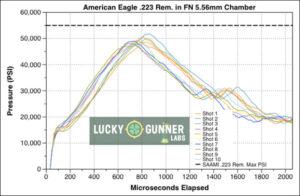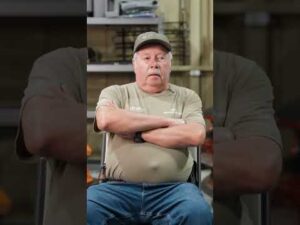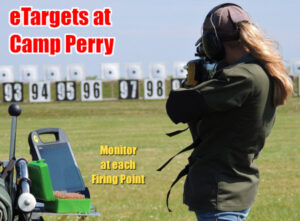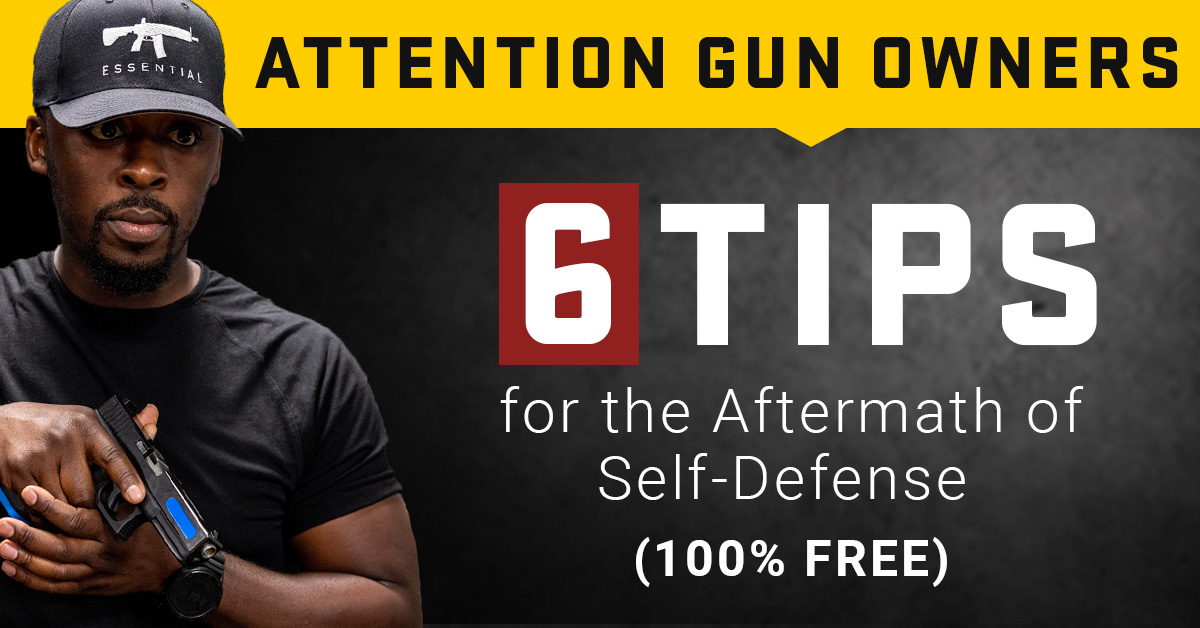Conditioning a rimfire barrel? Pish if your aim is perforating tin cans. If you want to achieve maximum accuracy, then you should listen up. It was my first IPSC match. I won it. I was able to attend three U.S. IPSC Nationals, and was offered a slot for the fourth. I participated in matches in two states as well as the Second Chance Combat Match. I received an invitation to the inaugural Masters through my mailbox. Woo-hoo! But I needed a rimfire gun. Lucky for me, I had just purchased an S&W M-41. I went to the gun club with my new Ransom rest, and began to go crazy. I was unable to shoot as well as the pistol and ammo makers, and it was impossible to win the match. Even the best stuff printed groups of three inches at 50 yards. I was about to give in when I read about small-bore rifle rivals. They would test different batches of ammo to ensure accuracy and then purchase a metric truckload. This was in the early Paleolithic period for ammunition accuracy. They would either run a patch of the bore, then shoot the next load (rarely in small-bore circles), or they would just start shooting the next load. They wouldn’t measure groups with the next loads until the load had had time to deposit its own mixture lube/residue in the bore. That was my mistake. It was always set and then I would go and change it. You need to get to know your rimfire firearm to get the best accuracy. Some people are easy-going while others will be more stubborn. The lubricant is not enclosed in the case of centerfire ammunition. On a rimfire it is exposed to the elements. They make their own lubricant, and if there is any trace (or more than traces!) of lubricant from the previous load, the bullet will not perform its intended function. They are made soft to save money, and easier to swage. They’re also soft to make it easier for the bullet to travel smoothly. We are, after all, talking about the last bits of accuracy, so anything that interferes with the process makes a difference on the last few percentage points of performance.Sweat The Small StuffThis means that, in order to wring the most accuracy out of a given load, you have to shoot enough of it so that the lube-size-bore-fit-travel equation is to the satisfaction of the firearm in question.The author is a big fan of Eley Tenex because they often deliver groups like this at 50 yards. The bore can be reconditioned if he switches to another batch of Tenex. First, most small-bore shooters at that time (I don’t know about now), would look at your attempts to clean the bore with horror and pity. Brushing down the bore was taboo. Their rifles were too susceptible to damage to the throat and muzzle. They felt it was better to shoot more ammunition. If any cleaning solvent or oil got into the chamber or down to the bore, then the solution was to shoot enough rounds that it would “clean it up” or “recondition the bore.” When rimfire ammo was expensive, it was possible to shoot more rounds to “clean it up” and “recondition” the bore. Things may have changed today, but it all depends on what accuracy means to you and who you are shooting with. My last shooting experience with accurate rimfire rifles (which were only marginally accurate), was when we were connecting plates at 400 yards. This was as long as the wind cooperated. However, we didn’t change ammunition and didn’t add any ammo to the bore. It depends. No. You can’t use minute-of-tincan if you’re just out to plink or teach a new shooter how things work. You should condition the bore with the next load. Recondition the rifle with the next load. Once the bore has been conditioned to Federal Gold Medal, the rifle will deliver groups such as this at 50 yards from Ransom rest. It would take 20-30 rounds to get it to settle down. Then it would decide whether or not it liked the food I was giving it. I finally found that there was a correlation: The more expensive the ammunition, the better the chances it would deign to shoot it well.Sigh.I used the cheap-but-accurate-enough ammo for practice, and then I made sure I reconditioned the rimfire’s barrel thoroughly with the expensive stuff before loading up the car and driving to Quincy, Illinois. After three years of practice, they promoted me from amateur to professional. I couldn’t be both a full time gunsmith and a professional shooter so I had to choose one and quit the pro division. I had lived in a university town for several years by that time. Although my sample size was not statistically significant, there were correlations. There were both level-headed redheads as well as crazy brunettes, but there were some correlations. Target grids and bullseye sizes can be found in MOA. Perfect for long-range shooting! Get free targets

. 223 Rem vs. 5. 56x45mm NATO — Major Information You Need to Know
The . 223 Remington and its measurement suit, the 5. 56x45mm, are reportedly the most popular centerfire rifle round in the Western Hemisphere on June 20, 2025. Although” . 223
















